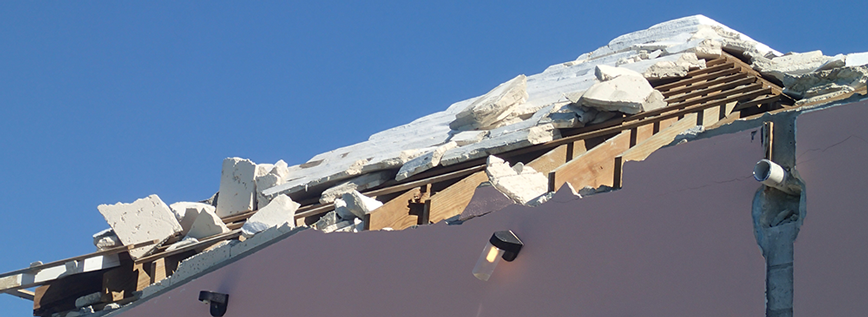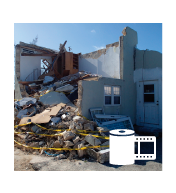
Gonzalo's Impact on Bermuda
On Friday, October 17, at 8:30 p.m. AST (Atlantic Standard Time), Gonzalo made landfall on the south-central coast of Bermuda as a Category 3 hurricane with 115 mph sustained winds. While the event did not result in large insured losses (AIR issued a modeled loss estimate of between USD 200 million and USD 400 million a few days after landfall), it provided a valuable opportunity to evaluate whether building performance and damage patterns of an actual storm were in line with AIR's expectations.
On October 19 and 20, AIR surveyed the damage Gonzalo caused on Bermuda. What we found was that most of the newer and well-maintained buildings that meet Bermuda's strictly enforced building codes—which provide building design criteria to withstand sustained wind speeds up to 110 mph and gusts up to 150 mph—stood up well to Gonzalo's winds, with minimal structural damage.
Gonzalo's track may also have mitigated the damage. Building damage from winds is due to both wind speed and duration. Gonzalo's eye (the calm of the storm) enveloped the entire territory of Bermuda as it passed directly overhead, thereby reducing the amount of time buildings were exposed to heavy winds.
The AIR Tropical Cyclone Model for the Caribbean—which includes Bermuda—accounts not only for such drivers of insured loss as storm size, intensity, and duration, but also the variability in building characteristics across the region.

